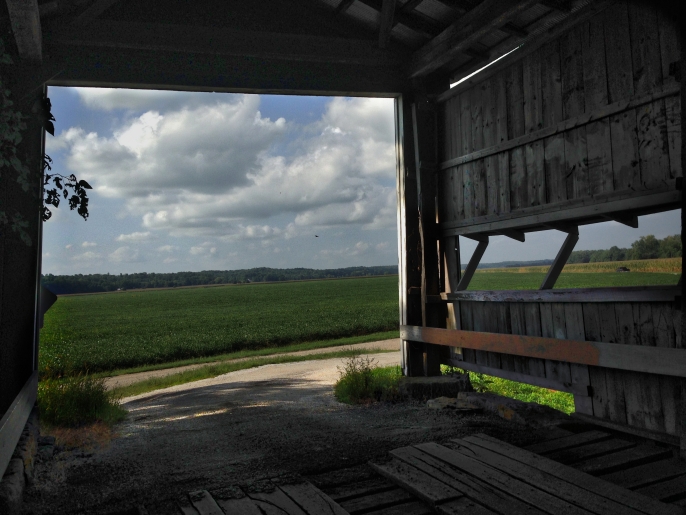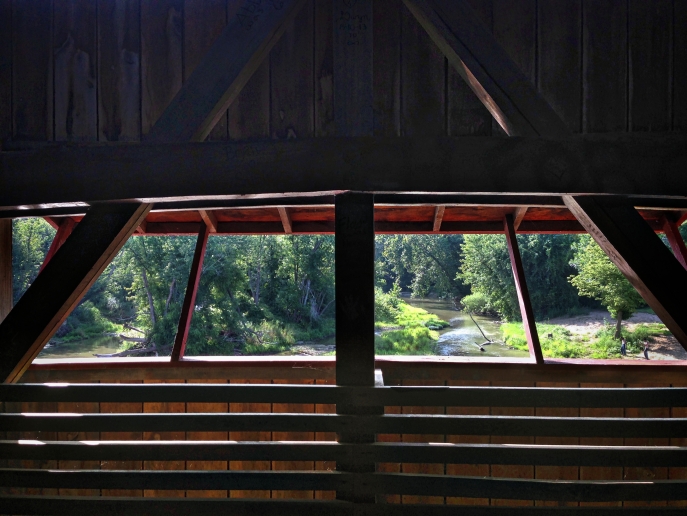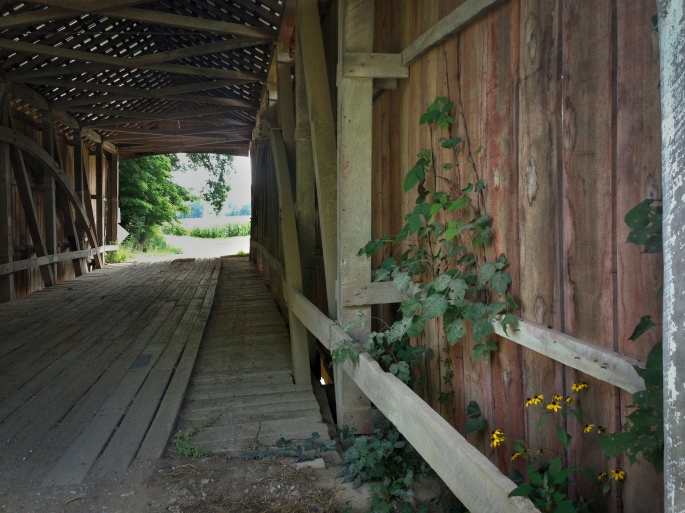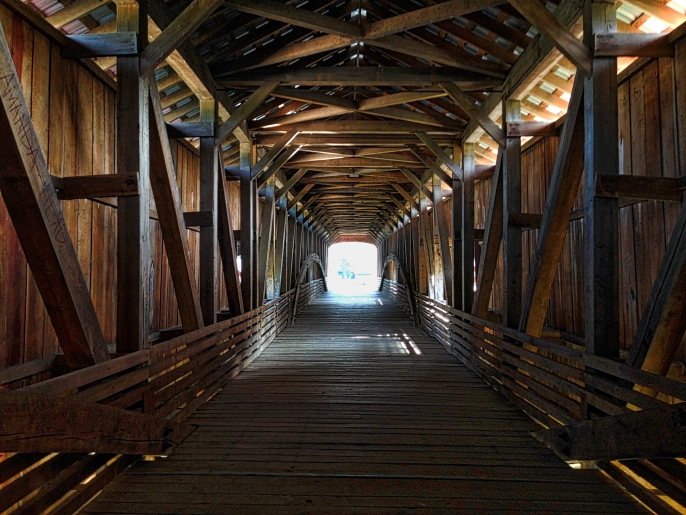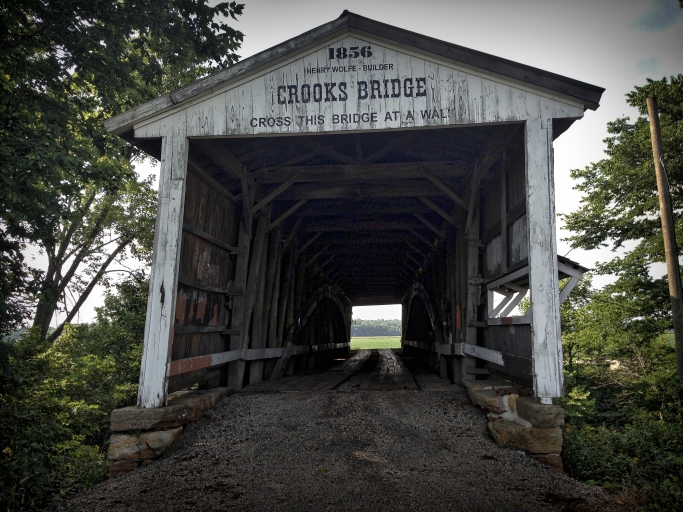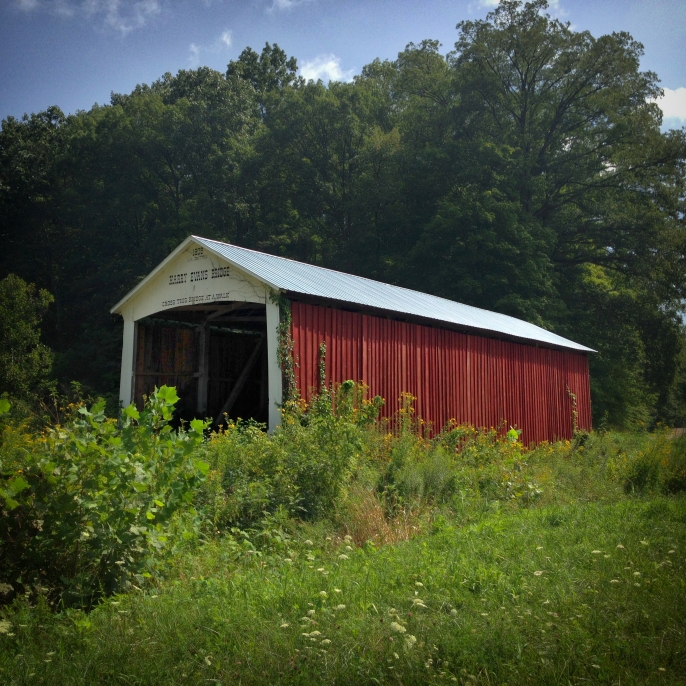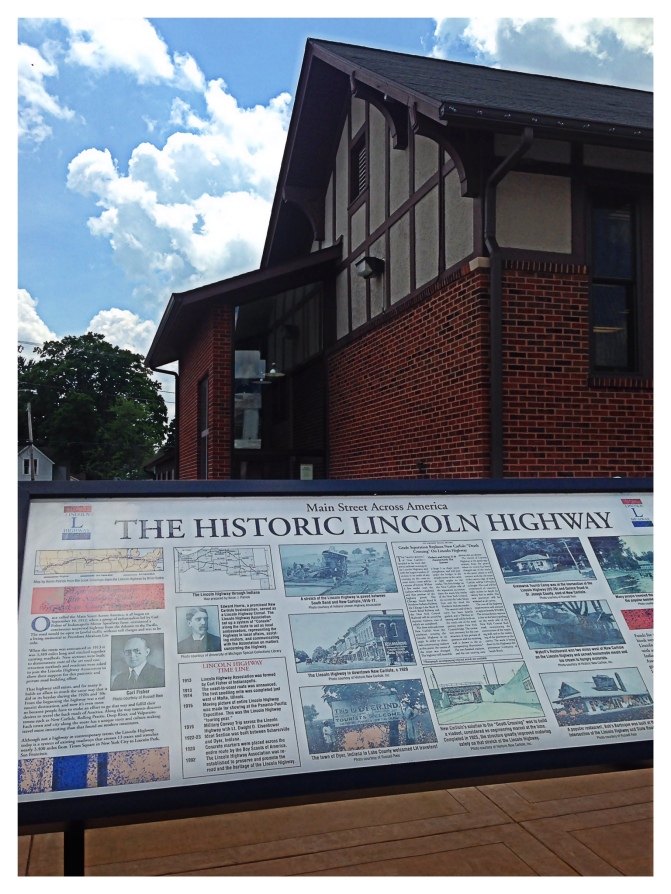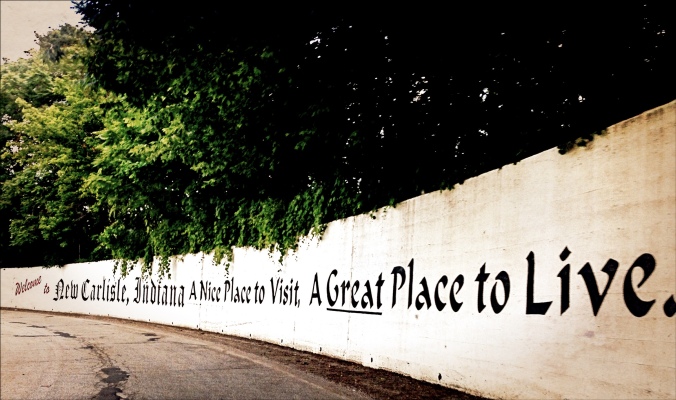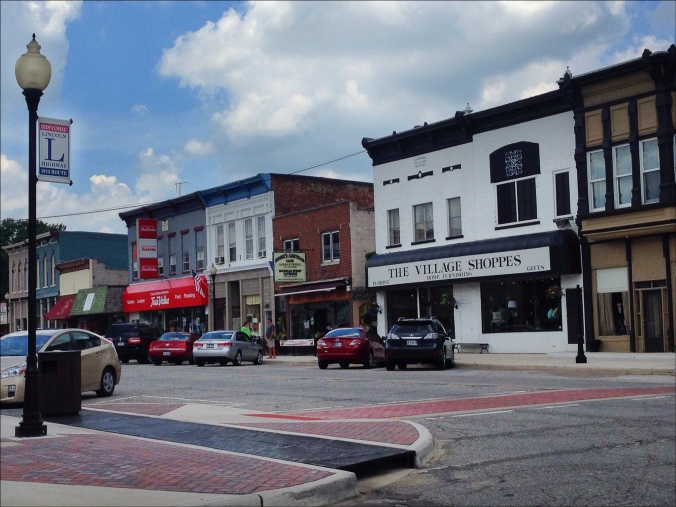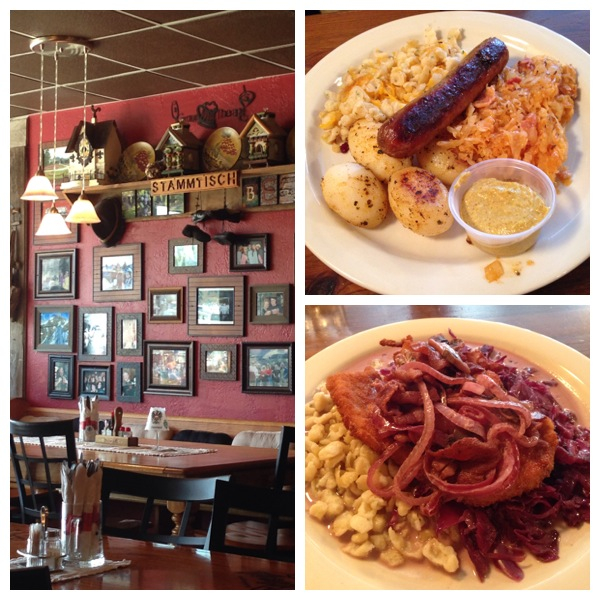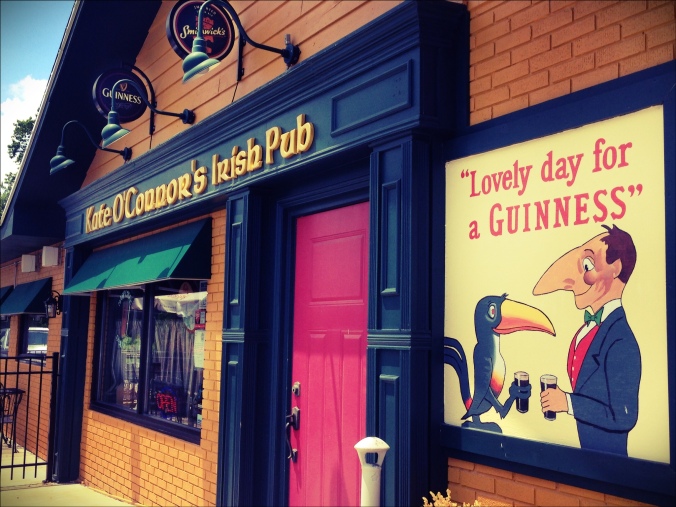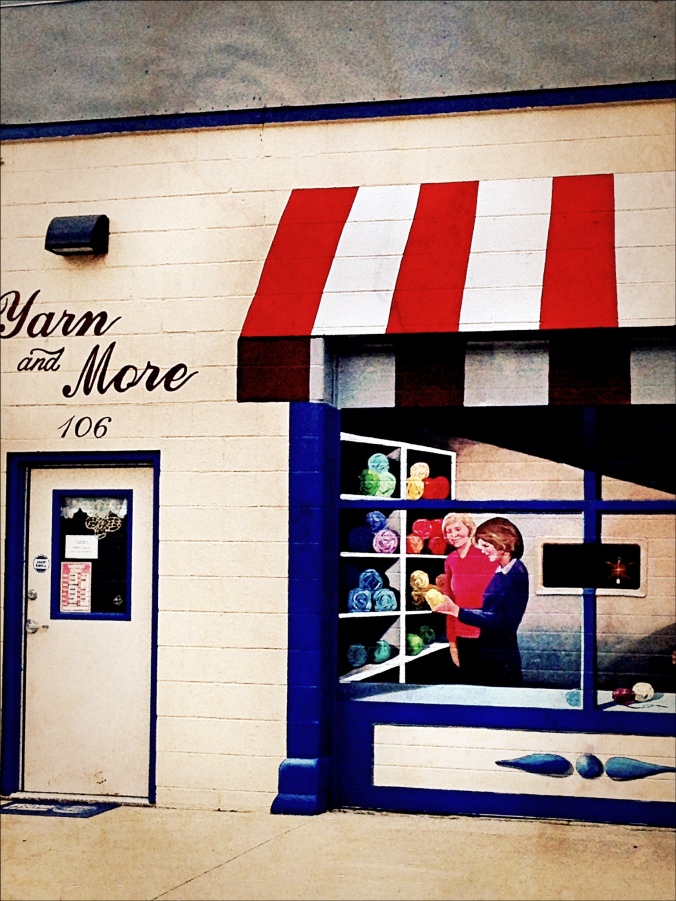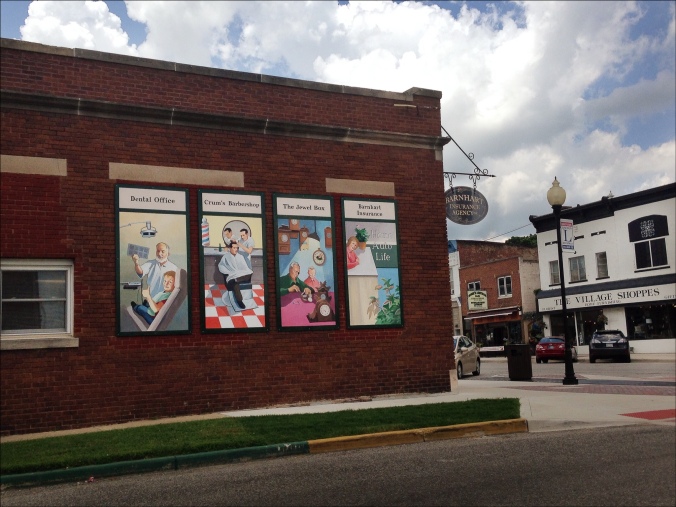Inside of a small, old and musky movie theater, seated in a well-worn red cushion, I watched The Bridges of Madison County. I was somewhere between 12 and 13 years old, and my grandmother had taken me to our family’s weekend getaway spot, Lost Valley Lake Resort just West of St. Louis. I had a cousin about my age to keep me company, but we only agreed on so many activities, and after two nights together, we were lucky to return home alive. We had just finished swimming in an over-chlorinated pool; the chemical smell of chlorine seeped heavily from my hair and seemed to follow me through the white-washed hallways, into the racket-ball courts, even into the sauna.
I watched this movie alone. I needed time to myself, something I’ve always craved and my family has never quite understood. I left my cousin to her flirting with a much older worker and dodged into the movie theater unnoticed. An hour and a half, maybe two, to myself sounded like complete bliss.
As for the movie, I hadn’t a clue what it was about. I recognized the female lead (Meryl Streep) from a scary movie my mom had watched years before, “Death Becomes Her” where the woman’s head had turned circles like an owl. I didn’t care for Meryl’s accent in Bridges, but her character’s polite reserve always on the edge of bursting explained many things to me about my pre-adolescent self. The man I knew, of course. Clint Eastwood was a common figure in my grandfather’s collection of Westerns.
Bridges is the first romance film I can recalled watching. I’m sure I’d seen others before in passing, but this one landed in my view in just the right place at just the right time, when I craved escape just like Francesca and, at thirteen, was all too interested in the “magic” that possibly surrounded men. My father having passed before I reached toddler-hood, men were nearly complete mysteries to me. What did that kind of love feel like? I thought it must be like the swelling I felt in my chest at the end of the movie, the frustrated exhaustion that raced my heart and gave me stomach cramps and made me feel a little like throwing up. Even so, I was sure that what these two characters shared was the adult secret that I’d been waiting to learn.
The Bridges of Madison County left an imprint on me that I carry around today, much in the way a good book never really leaves you. I haven’t watched it since that day in the dark theater, and I avoid it like an adult might her favorite children’s book. What if I enjoy the memory more than the film? Watching the movie now could alter that perfect hour and a half of wide-eyed wonder, achievable only on the brink of teenage years.
Since my last visit, Lost Valley Lake Resort suffered two fires. A 2005 fire burned a lodge where I kissed a boy on a second-floor balcony overlooking the lake. The theater burned down in 2009, along with the entire sporting complex where I played racket ball with my grandmother. The swimming pool where I learned to swim, an arcade room where I discovered my mad air hockey skills, and the long hallways smelling of chlorine are permanently out of my reach. My grandmother passed in 2003, and when I heard the news of each fire, it was as if she passed again. The resort has since rebuilt, but I haven’t been back. I’d like to keep Lost Valley in the same place that I store The Bridge of Madison County, in a nearly-perfect, rose-colored bubble of memory.
Now I have visited my own covered bridges, with a not-so-forbidden love (my husband), and photographed them with Francesca in mind. In Parke County, Indiana there are a series of 31 covered bridges, making Rockville and the surrounding communities the Covered Bridge Capital of the World. We visited and photographed only a handful, and they are displayed in the photos above. Truthfully, after the second bridge, my husband became bored, my Great Dane had a panic attack and tried to belly-crawl across the bridge, and all nostalgia had left me. The day wasn’t glamorous; it was hot and humid, and, as I stood on the wooden planks of Crooks bridge, I only wished for Clint Eastwood to pass me his water tin. Real life is, at best, a distant cousin twice-removed of the movies, sometimes for the better and sometimes for the worse. This is the adult secret that I learn a little more about each day.
